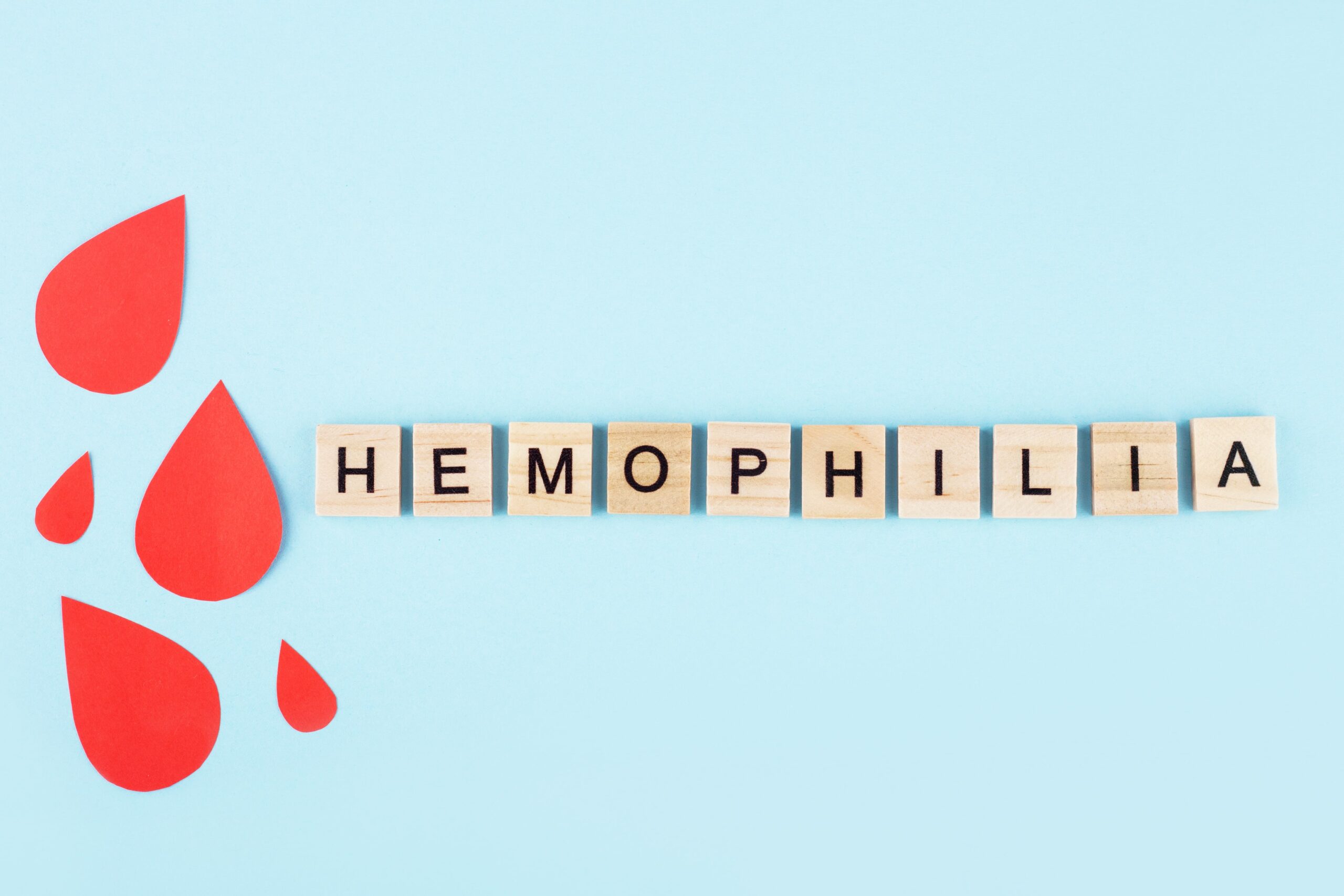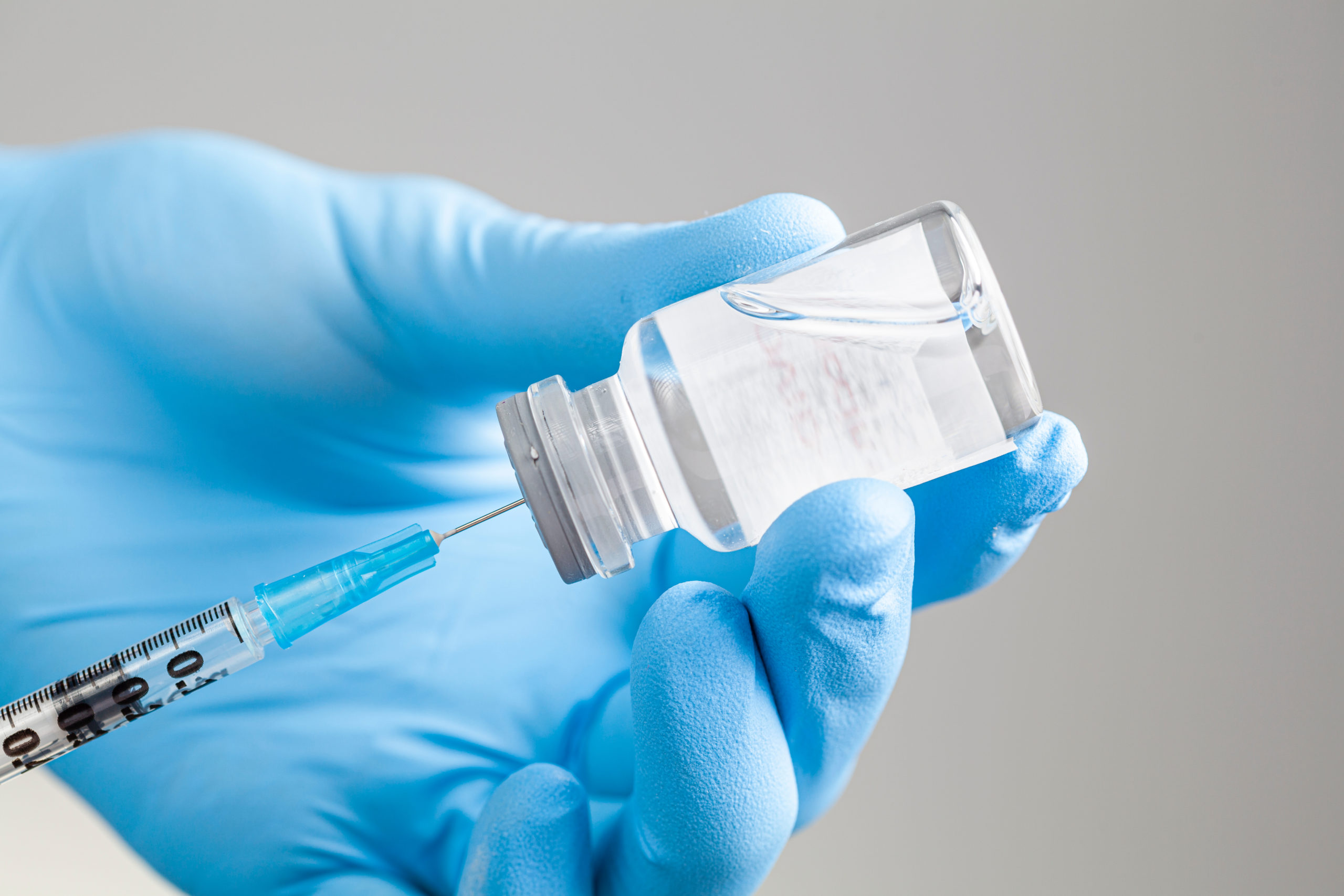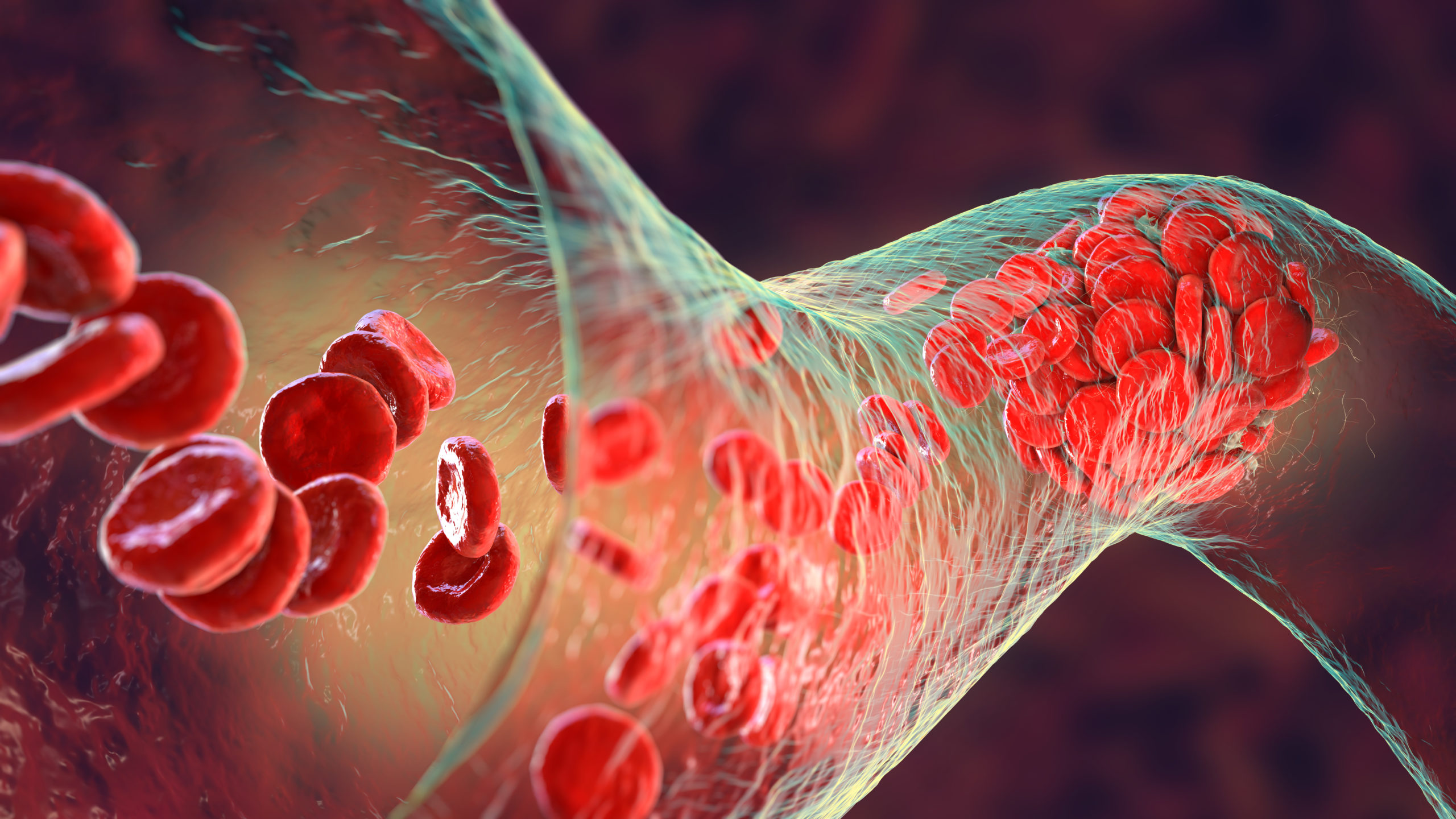
A single infusion of AAV-HLP-hFVIII-V3, a liver-directed adeno-associated virus (AAV) gene therapy using a factor VIII (FVIII) variant carrying a 17 amino-acid peptide encompassing six N-linked glycosylation motifs from the FVIII B-domain, induced stable FVIII expression over five years of follow-up in patients with severe hemophilia A, according to the phase I/II GO-8 trial.
Data from the multicenter, open-label study were presented by Pratima Chowdary, MD, MRCP, FRCPATH, from the Katharine Dormandy Haemophilia and Thrombosis Centre of the Royal Free Hospital in London, at the 65th American Society of Hematology Annual Meeting & Exhibition.
“AAV-HLP-hFVIII-V3 mediated a three-fold higher FVIII expression,” compared with an identical AAV construct used in most hemophilia A gene therapy trials that encoded a FVIII-SQ variant, Dr. Chowdary stated.
The GO-8 presentation covered 12 patients with severe hemophilia A, defined as FVIII activity of 1% or less. At baseline, the cohort had a mean and median annualized FVIII use of 4097 IU/kg and 4657 IU/kg per year, respectively. After AAV-HLP-hFVIII-V3 infusion, annualized FVIII concentrate use in the cohort reduced across to a mean of 1186 IU/kg and median of 61 IU/kg (one sample t-test P=.0009). Additionally, no patients developed FVIII inhibitors or experienced a thrombotic event during follow-up.
All participants had received glucocorticoids with or without tacrolimus as prophylaxis for vector-related transaminase elevation. After infusion, 10 patients had a vector-related adverse event of elevated liver aminotransferase level. In the first 12 months of follow-up, seven of eight patients treated at the 4×1012 vg/kg or 6×1012 vg/kg dose levels had recurrent elevations in aminotransferase levels, which the researchers noted was often associated with tapering of immunosuppression.
Notably, vector-related increases in aminotransferase levels did not occur after 12 months, and transgene expression was maintained at a stable level over a median follow-up of three years (range, 0.2-5.0) following the 12-month timepoint.
In short, “a high rate of liver aminotransferase elevation following gene transfer impacted transgene expression,” Dr. Chowdary and colleagues summarized. “However, nine of the 12 participants were able to discontinue FVIII prophylaxis over the duration of the study, resulting in a significant reduction in FVIII concentrate usage.”
Reference
Chowdary P, Reiss UM, Tuddenham EGD, et al. GO-8: stable expression of factor VIII over 5 years following adeno-associated gene transfer in subjects with hemophilia A using a novel human factor VIII variant. Abstract #3624. Presented at the 65th ASH Annual Meeting & Exposition; December 9-12, 2023; San Diego, California.







 © 2025 Mashup Media, LLC, a Formedics Property. All Rights Reserved.
© 2025 Mashup Media, LLC, a Formedics Property. All Rights Reserved.